Laboratory refrigerators: What is the optimal blood storage temperature? and why?
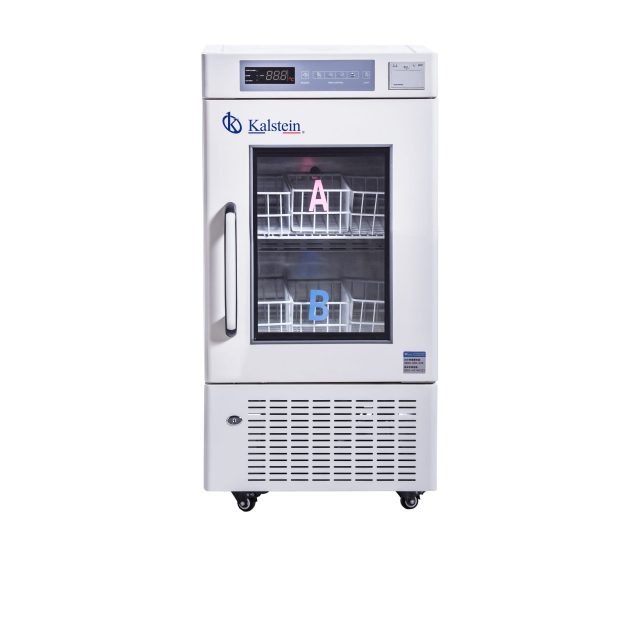
A laboratory refrigerator is a device that allows the effective preservation of all types of substances refrigerated in it, whether liquid, solid or homogeneous. This equipment works by lowering the temperature, so it allows to control the effect that it has on the substances whose composition and structure is to be preserved, this is because the lower the temperature will be the rate at which chemical and metabolic reactions occur, which deteriorate the compounds. That is why they are used in the conservation of blood and derivatives, biological liquids and tissues, reagents, chemicals, and bacterial strains.
Why is a water bath essential in a laboratory?
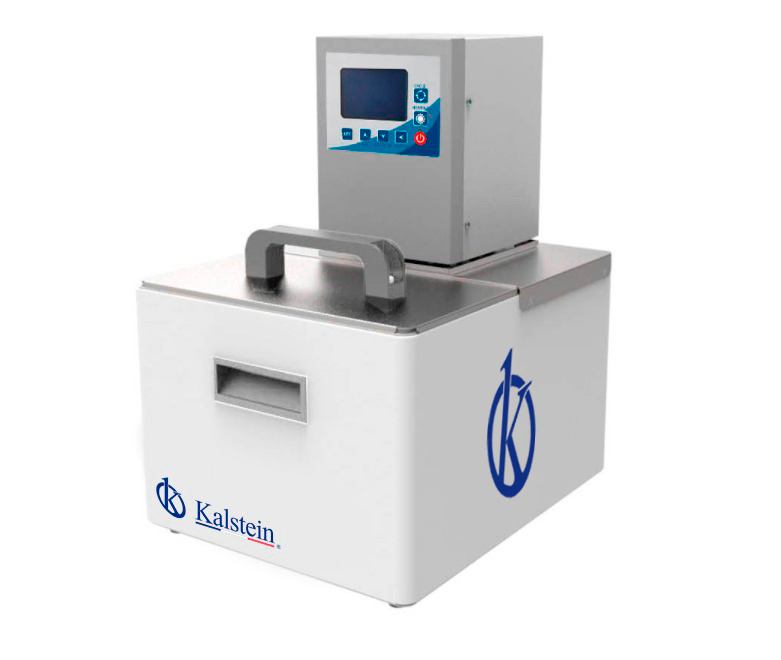
This equipment has varied and indispensable applications in the laboratories, thanks to its hot water container, where samples are incubated in water at a continuous temperature over a long period of time, among other useful applications is heating reagents, fusion of substrates or incubation of cell cultures; because of its high temperatures it allows certain chemical reactions to occur, and heat flammable chemicals instead of an open flame to prevent ignition.
Spectrophotometers: care and maintenance
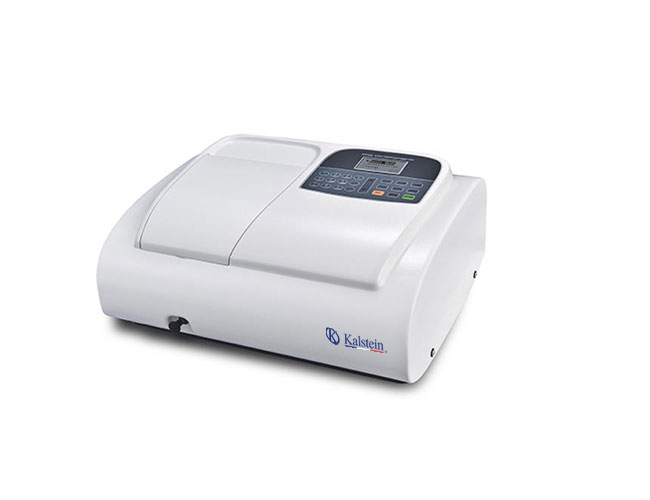
A spectrophotometer is an instrument used in laboratories to measure the absorbance of a sample, as a function of the wavelength of an electromagnetic radiation, and thus to know the concentration of the substances in a solution. This team consists of 4 main parts: a source, a monochromator, a beam splitter, a sample area, and a detector. It also has optical elements such as lenses or mirrors, which transmit light throughout the entire equipment.
Risks in the use of anesthesia
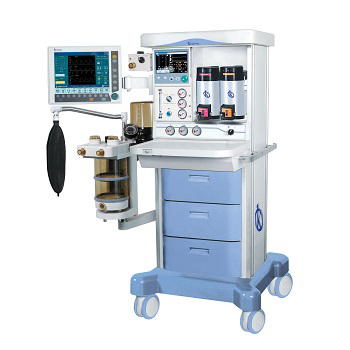
Anesthesia is used to avoid pain in patients during surgery and other procedures. They are intended for minor interventions, such as repairing a tooth, during the process of delivery or colonoscopies. In other cases, you may need an anesthesiologist, a doctor who specializes in administering anesthesia.
Tips to keep an anesthetic machine in good condition?
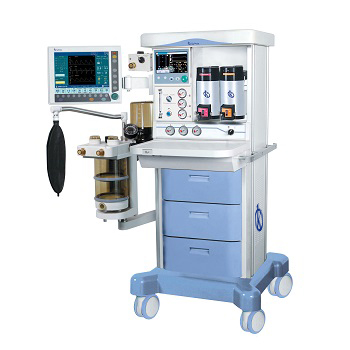
The anesthesia machines are teams responsible for providing comfort to the doctor and safety to the patient, who undergoes surgery and requires sedation. It should be noted that the authorized to operate the equipment is the anesthesiologist; and its function is to administer drugs through different pathways in the human body, to bring it to a state where surgery can be performed.
Ways to use a patient monitor
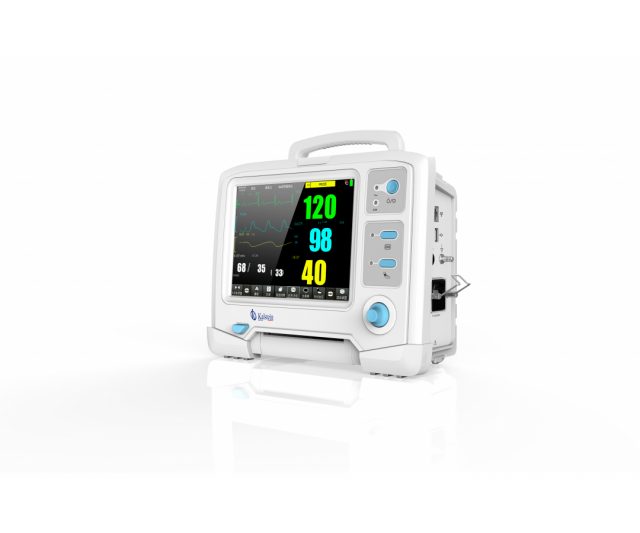
A patient monitor is an electronic device used in hospitals and clinics to monitor vital signs of patients who are in critical condition or who must undergo continuous medical surveillance, in case any alteration in the values of these occurs; among the most common vital signs assessed with this device are: heart rate (ECG), respiratory rate (RESP), non-invasive blood pressure (NIP), pulse (PR), oxygen saturation (SpO2), temperature (TEMP), CO2 and invasive blood pressure (PAI).
Monitoring protocol for patients in critical condition

Intensive or critical care units (ICUs) are spaces of a restricted access hospital or clinic intended to provide patients with severe prognosis or at high risk of complications with comprehensive intensive care 24 hours a day providing thorough and very strict surveillance, through continuous monitoring of their vital signs.
Differences between an infusion pump and a syringe pump
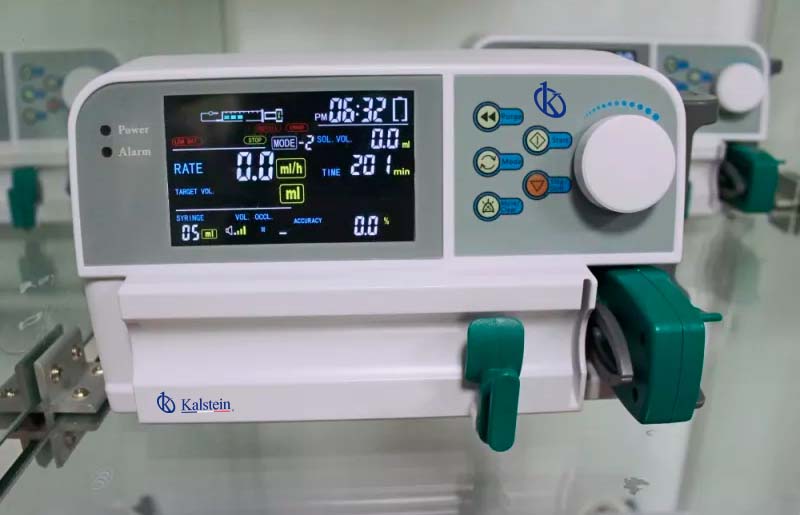
Infusion pumps and syringe pumps are medical equipment that allows drugs or solutions to be delivered to the patient’s body in controlled quantities and accurately. They are used when it is key to give the patient a specific amount of a drug or solution at a certain rate or for a specific amount of time.
Why use an infusion pump?

An infusion pump is a modern medical equipment that is currently used to allow the movement of fluids used in medicine such as solutions, drugs, blood or their derivatives through a tube in the direction of the patient’s vascular system, allowing these fluids to be administered more accurately. Offering more ease in the parenteral administration of drugs and solutions, in conditions where the accuracy and constant supply of any drug or medicine is key.
Treatment of jaundice in infants and neonatal phototherapy incubators
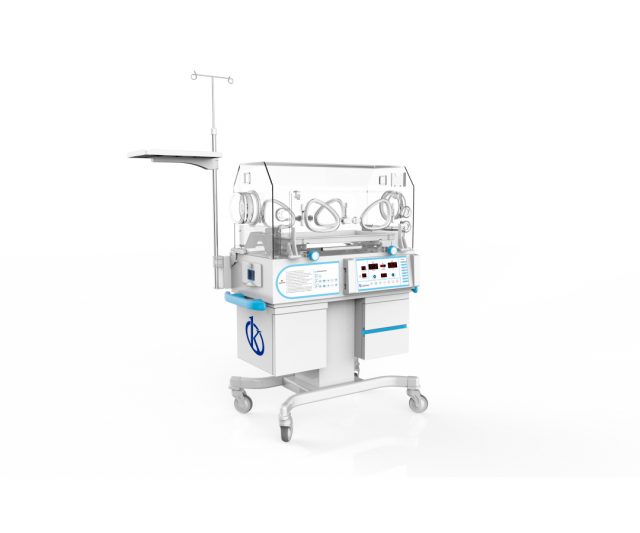
When a baby is born the first thing is to offer immediate care, in the case of a jaundiced newborn it is important to determine if it is a physiological jaundice or a pathological jaundice, when we are facing a mild jaundice almost always disappears without treatment between two or three weeks, but if on the contrary the baby presents a moderate or severe jaundice, our newborn should remain in the neonatology room or be hospitalized.
